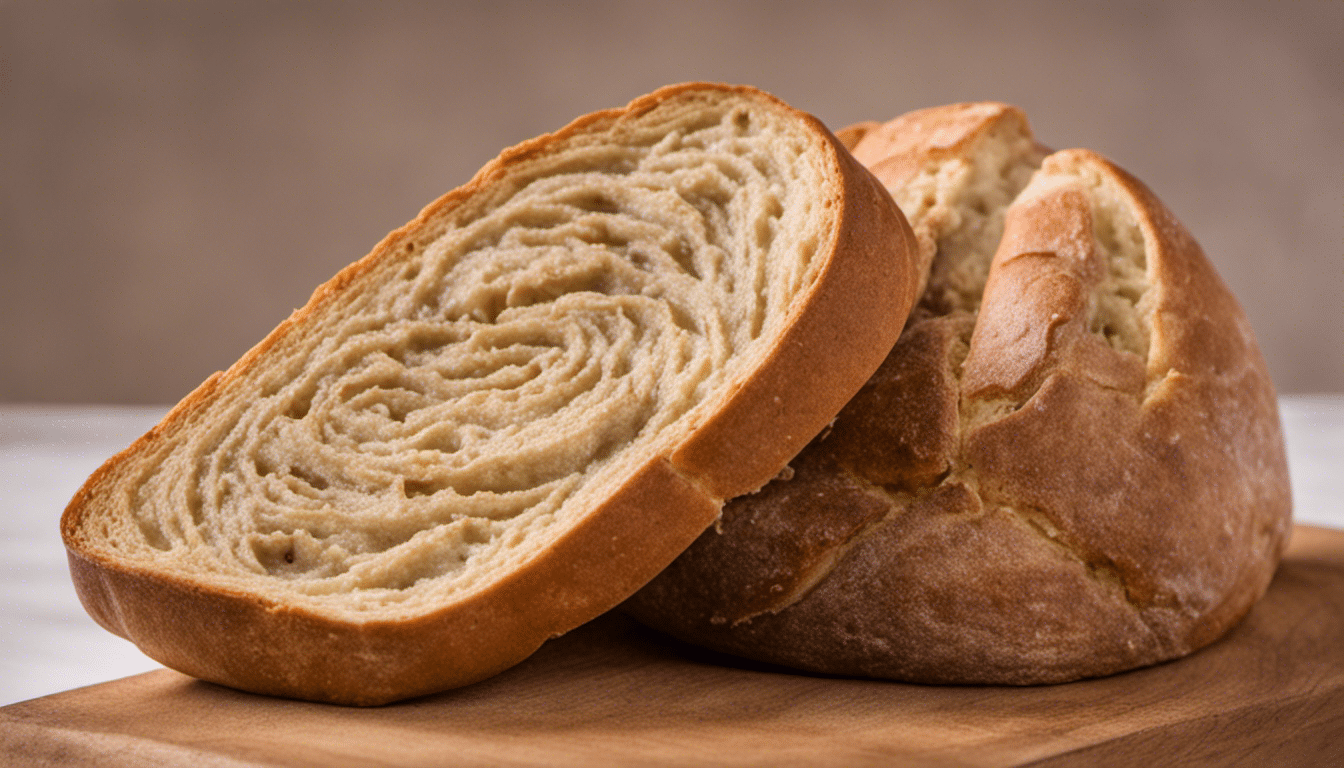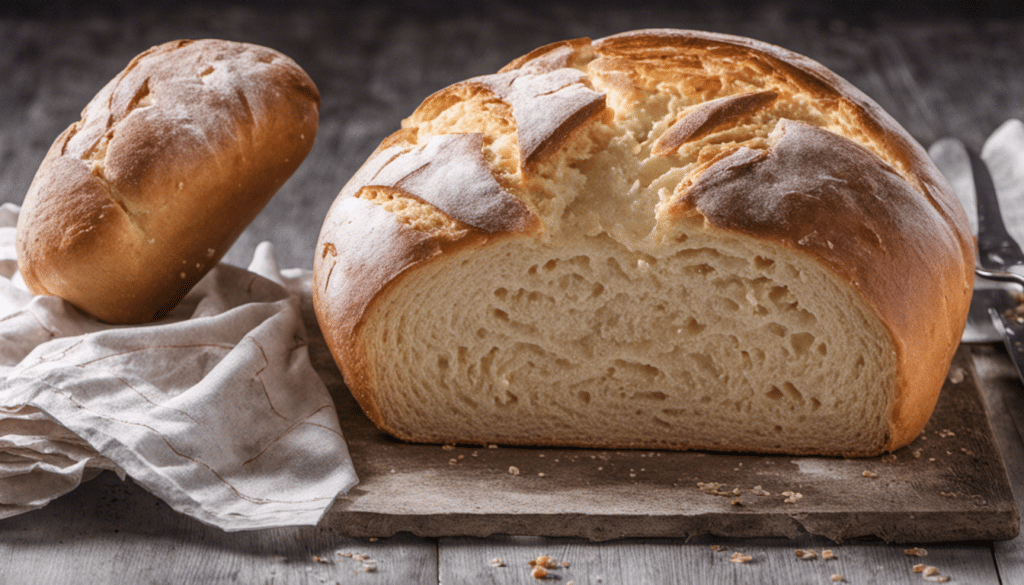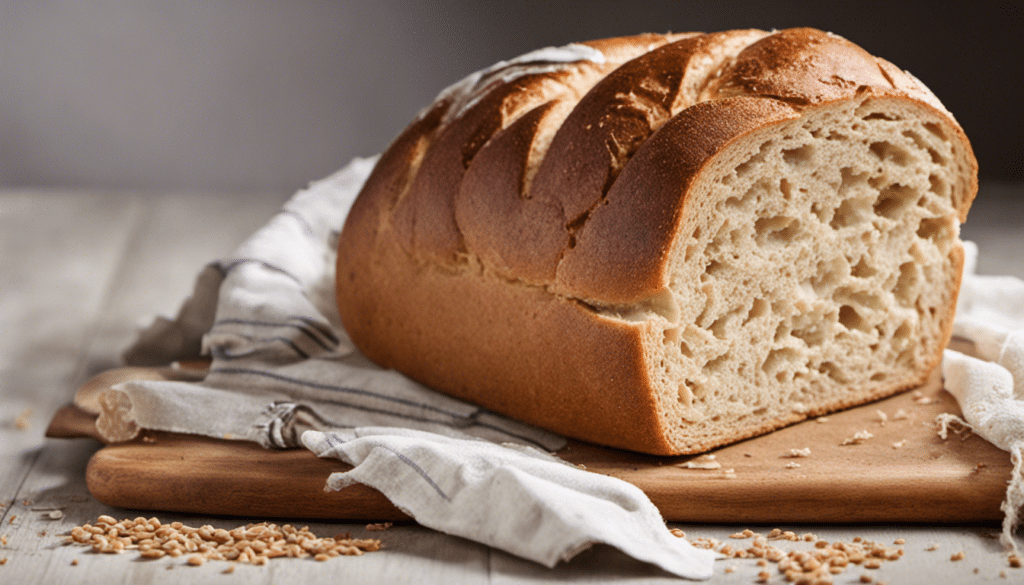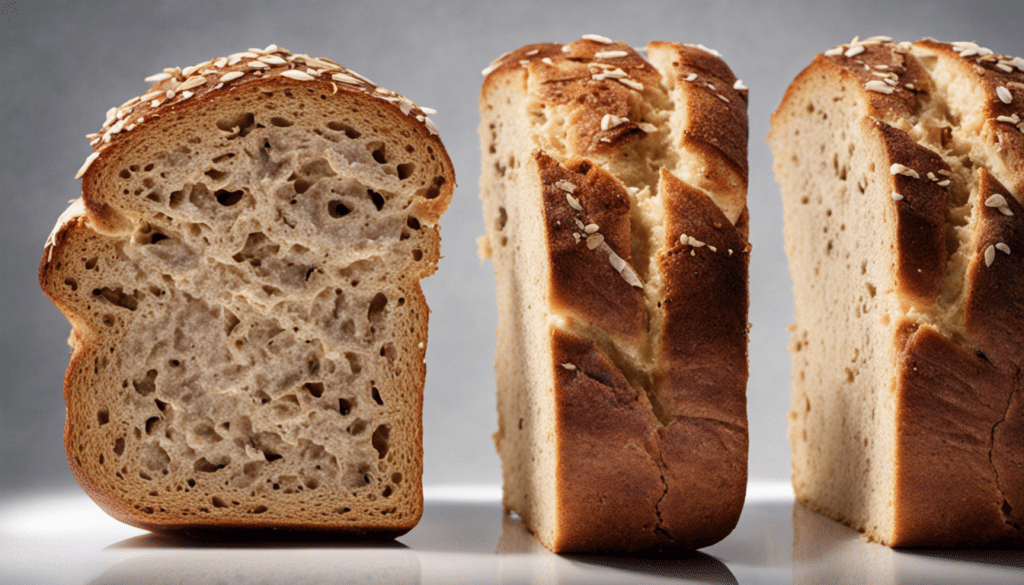| Prep: 1 hour | Cook: 24 mins | Difficulty: Medium | Serves: 6 |
| kcal | fat | saturates | carbs |
| 362 | 15g | 7g | 49g |
| sugars | fibre | protein | salt |
| 2g | 2g | 6g | 1.6g |
About Rghaif
Welcome to the wonderful world of Moroccan cuisine where we introduce you to a staple loved by many in the region – the mouthwatering Rghaif. This delightful bread, which can be identified by its exceptional texture and taste, is a true symbol of Moroccan hospitality. Prepared with a balance of simple yet intriguing ingredients, Rghaif is an excellent representation of the rich culinary heritage of Morocco.
The Making of Rghaif
Despite its apparent simplicity, the process of making Rghaif is an art. The bread dough undergoes a series of meticulous steps from kneading until it’s ready to be served. Each detail has to be taken into account for the desired outcome – a thin, flaky bread that adds a comforting note to each meal. The softened texture of the dough is achieved by dousing it with a mixture of unsalted, melted butter and vegetable oil and dusting it with a handful of fine semolina. Then, it is carefully folded to form layers, providing it with its characteristic flaky texture post cooking.
Rghaif and Other Dishes
Just like its name, the essence of Rghaif can’t be captured by a single experience. It mingles well with a variety of dishes, matching perfectly with both sweet and savory tastes. Whether it’s served with a bowl of hearty stew like Harira, dipped into a tray of sweet honey and almond sauce, or enjoyed alongside a cup of traditional Moroccan mint tea, Rghaif reigns supreme in its versatility and adaptability to different flavors. Additionally, it can also be compared to the Indian bread – Paratha, both in texture and in the process of layering during preparation.
The meal truly comes alive with the presence of this fragrant bread on the dining table. With each bite of Rghaif, you are taking part in a centuries-old tradition that tells the story of Moroccan culture, art, and hospitality. We invite you to explore this delightful tradition and lose yourself in the sensory experience of Moroccan cuisine – beginning with this flavorful bread.
What You’ll Need
- 4 cups of All-Purpose Flour
- 1 tablespoon of Sugar
- 1/2 tablespoon Salt
- 2 teaspoons Instant Yeast
- 1 1/2 cups Warm Water
- 1/2 cup Unsalted Butter, melted for layering
- 1/2 cup Vegetable Oil, for shaping and cooking
- 1/2 cup Semolina, for shaping
Method
Step One
Combine flour, sugar, salt and instant yeast in a large bowl. Mix all these ingredients well.
Step Two
Gradually add warm water to this mixture and knead it into a soft dough. The dough should be smooth and not too sticky. Once kneaded, cover the dough and leave it for rest for about 10 minutes in a warm place.
Step Three
Divide the rested dough into small balls, approximately the size of a golf ball. Dip each ball into the melted butter and keep them aside for another 10 minutes.
Step Four
After resting, take each ball and flatten it using your hands onto a flat surface dipped in semolina. Make it as thin as possible without tearing it.
Step Five
Fold the flattened dough into thirds to form a long strip, and then fold again into thirds to form a square. Repeat this process with the remaining balls.
Step Six
Heat a non-stick pan over medium heat and brush it with vegetable oil. Cook the folded dough squares until they are golden brown, brushing them with more oil if needed. Flip and cook the other side until it’s also golden brown.
Step Seven
Place the cooked rghaif on a kitchen towel to remove excess oil, serve warm and enjoy your homemade Moroccan Rghaif!




